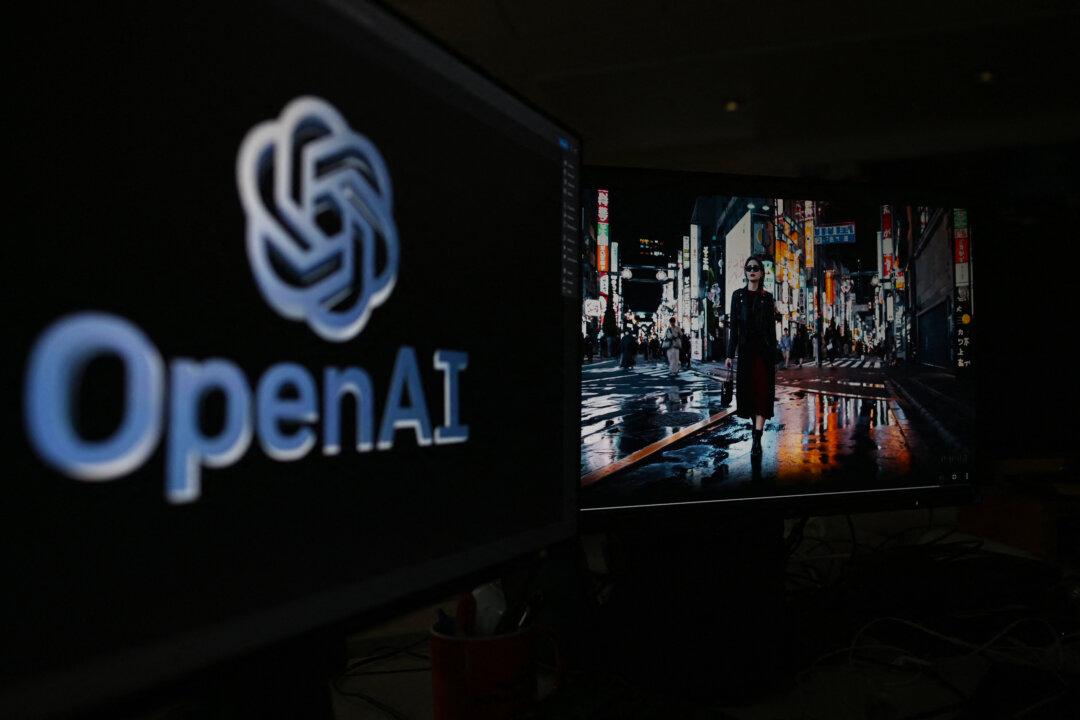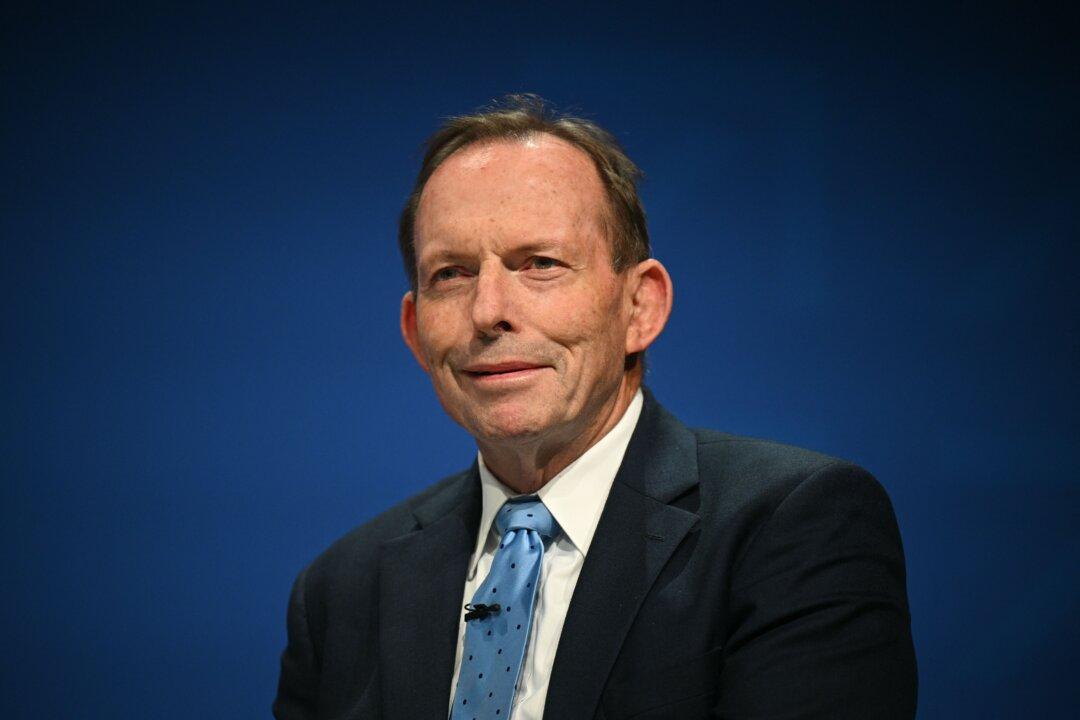Media organisations need to have policies and processes in place around the generation, use, and labelling of images generated by artificial intelligence (AI), but only just over a third do, a new study led by RMIT University has found.
The study, which also involved Washington State University and the QUT Digital Media Research Centre, interviewed 20 photo editors (or people in related roles) from 16 public and commercial media organisations across Europe, Australia, and the United States about their perceptions of generative AI technologies in visual journalism.





